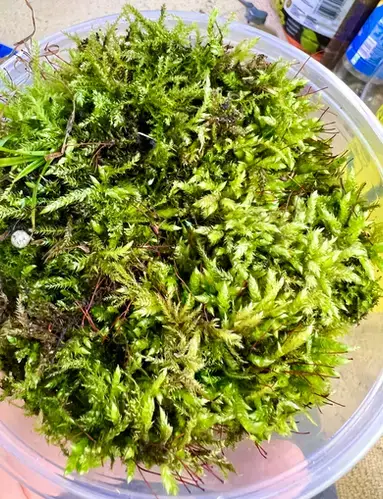
file.png from: https://www.antscapes.co.uk/product-page/live-moss-brachythecium
Exploring the Fascinating World of Brachythecium acutum Moss
Introduction

il_1588xN.344123168.jpg from: https://www.teresasplants.com/Live-moss-Brachythecium-Moss-Rough-Stalk-Sheet-moss-Variety-Terrarium-Moss-_p_67.html
Mosses are some of the most ancient and resilient plants on Earth, having evolved over 400 million years ago. One particularly interesting species is Brachythecium acutum (Mitt.) Sull., also known simply as Brachythecium moss. This small but mighty moss is part of the Brachytheciaceae family and has some remarkable characteristics. Let’s dive in and learn more about this fascinating bryophyte!
Background on Mosses
Before we focus on B. acutum specifically, it’s helpful to understand some basics about mosses in general. Mosses are non-vascular plants in the division Bryophyta
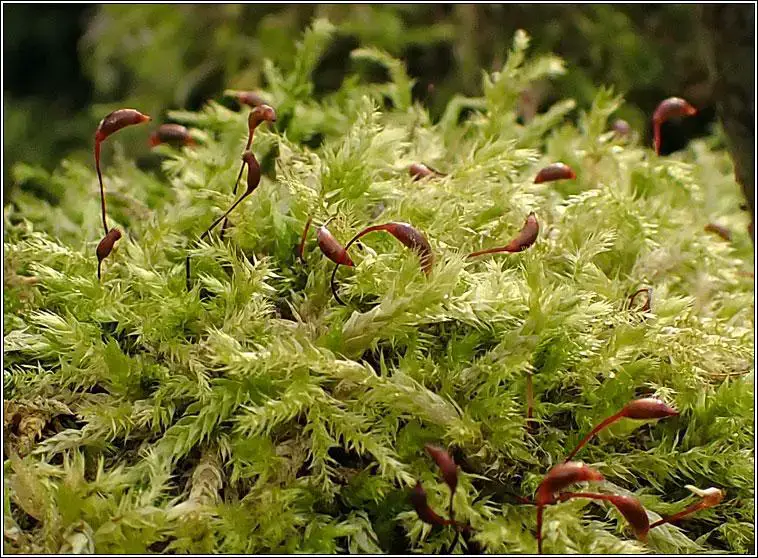
br-25a2.jpg from: https://www.dorsetnature.co.uk/pages-bry/br-25.html
. They lack true roots, stems, and leaves, instead having simple structures that serve similar functions. Mosses reproduce via spores rather than seeds and require moisture for sexual reproduction.
Mosses play important ecological roles, helping to regulate moisture, prevent erosion, provide habitats for tiny organisms, and even act as bioindicators of environmental health. There are over 12,000 moss species found all around the world, from the Arctic to the tropics.
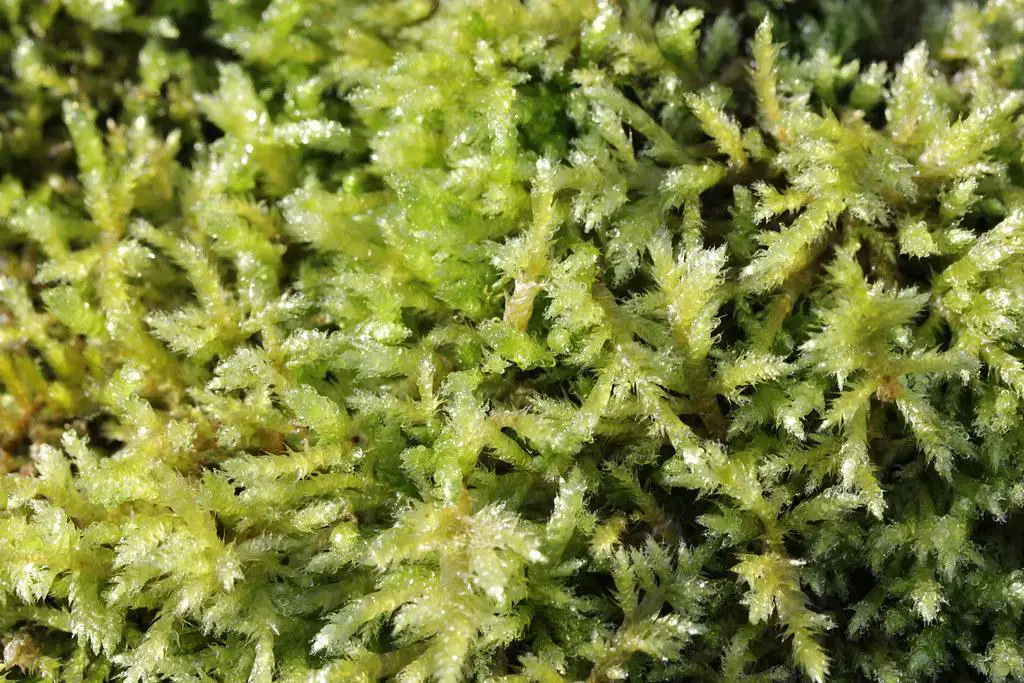
23958348084_ecd57a248c_b.jpg from: https://www.flickr.com/photos/40948266@N04/23958348084
Morphology and Identification
Brachythecium acutum is a pleurocarpous moss, meaning it has a branching, mat-forming growth habit. The stems can reach 3-5 cm long. Leaves are

221120153548_DSC_0129.JPG.full.JPG from: https://wildbristol.uk/groups/ferns-horsetails-mosses-liverworts/whitish-feather-moss/

brachythecium-moss-brachythecium-velutinum-sporophytes-AMWMDW.jpg from: https://www.alamy.com/stock-photo-brachythecium-moss-brachythecium-velutinum-sporophytes-15345060.html
ovate-lanceolate with an acuminate apex, averaging 1.5-2 mm long. Leaf margins are serrated and the costa (midrib) extends 1/2 to 3/4 up the leaf.
The seta (stalk bearing the capsule) is reddish and 1-2 cm tall. Capsules are inclined to horizontal, cylindrical, and curved, with a conical operculum. Spores are 12-16 μm in diameter.
B. acutum can be distinguished from similar Brachythecium species by its
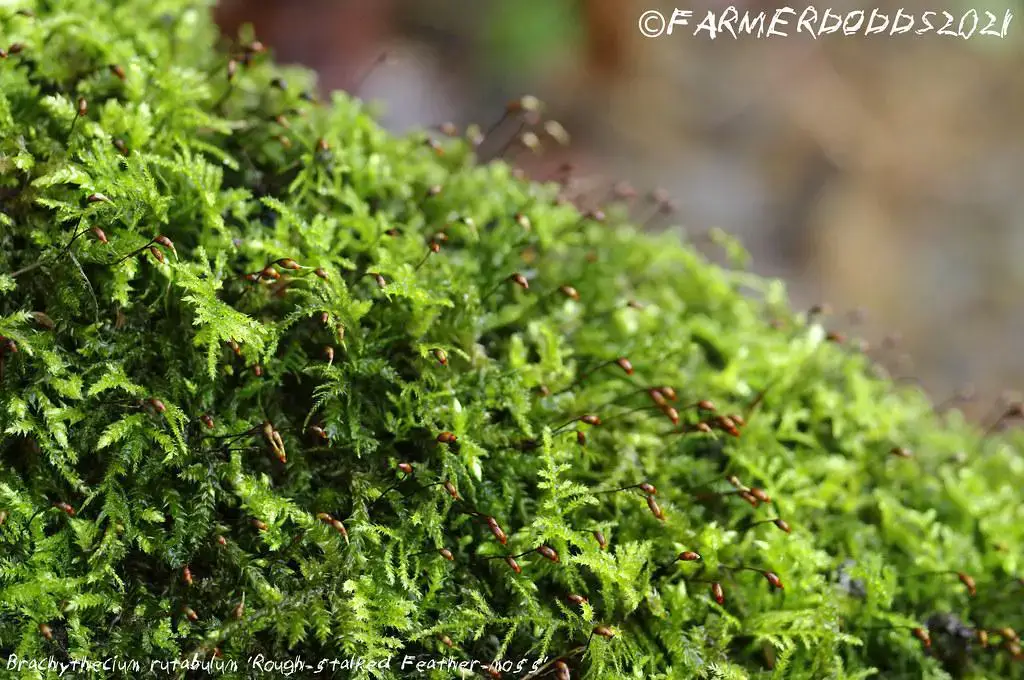
50794800076_4b3350bed6_b.jpg from: https://www.flickr.com/photos/165806021@N05/50794800076
strongly plicate leaves, abruptly narrowed leaf tips, and rough seta
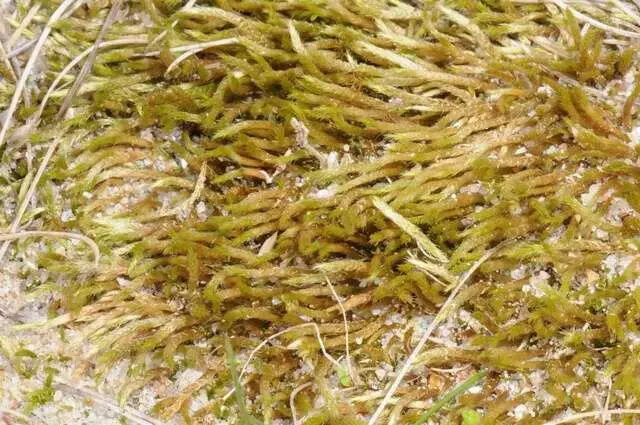
913.60363.jpg from: https://eol.org/pages/862568
. However, microscopic examination is often needed for definitive identification.
Global Distribution and Habitat
Brachythecium acutum has a wide distribution
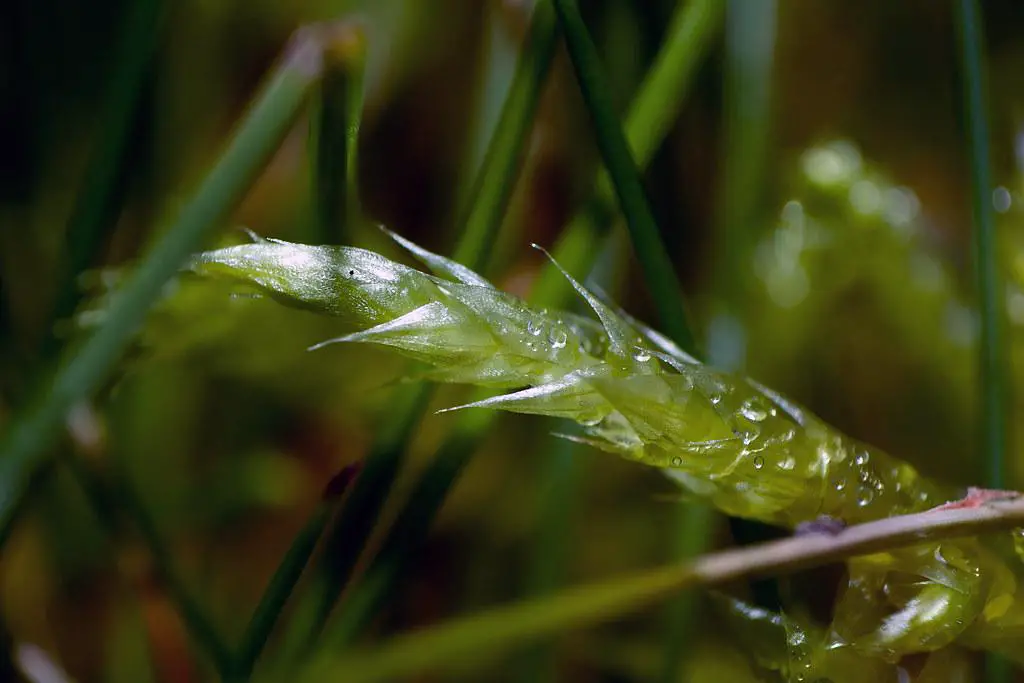
22030471719_47f1a57d19_b.jpg from: https://www.flickr.com/photos/66074839@N07/22030471719/
, being found in North America, Europe, Asia, and Africa. In North America, it ranges from Alaska to Newfoundland, south to California, Arizona, Texas, and Florida.

rough-stalked-feather-moss-brachythecium-rutabulum-H8WPHD.jpg from: https://www.alamy.com/stock-photo-rough-stalked-feather-moss-brachythecium-rutabulum-125956361.html
This species commonly grows on soil, humus, logs, tree bases, and rocks in moist, shaded habitats. It’s found in various forest types, especially deciduous woods, but also sometimes in fields or urban areas. B. acutum tolerates a range of substrates from acidic to calcareous but prefers slightly acidic conditions.
Ecological Roles and Adaptations
Like other mosses, B. acutum plays several important roles in its ecosystem:
- Helps retain moisture and slow water runoff
- Stabilizes soil and prevents erosion
- Provides shelter and foraging grounds for invertebrates
- Contributes to nutrient cycling as it grows and decomposes
Brachythecium acutum has several adaptations that allow it to thrive:
- Thick-walled cells to prevent desiccation
- Ability to absorb water and nutrients over its entire surface
- Can survive extreme cold and heat in a dormant state
- Reproduces asexually via fragmentation
Conclusion
From the forest floor to the cracks in urban sidewalks, Brachythecium acutum is a ubiquitous and ecologically important moss species. Its ability to grow in diverse habitats and substrates is a testament to its resilience. Next time you’re out for a walk in the woods, keep an eye out for this small but fascinating plant! What other roles do you think mosses like B. acutum might play that we have yet to discover?